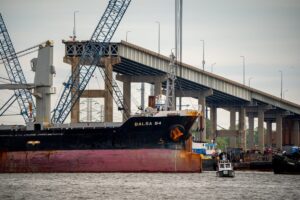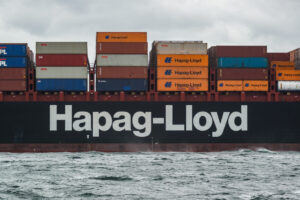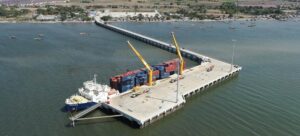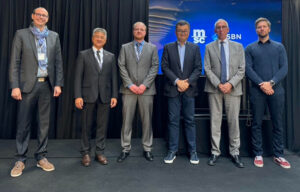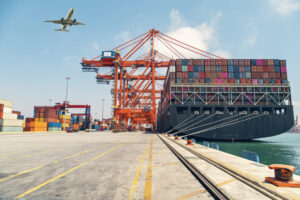Drewry’s newly released annual report on the global container terminal industry has found that the strategies of the major shipping lines regarding terminal ownership are varied.
Much has been said and written about the financial challenges facing most major shipping lines, and a number of them have been selling some of their container terminal assets in order to raise cash.
Drewry’s latest publication ‘Global Container Terminal Operators Annual Report 2015’ looks at the activities of the 16 carriers that make up the big-four global alliances (2M, Ocean Three, G6 and CKYHE).
2M currently has the largest stake in terminals worldwide, with the total amount of terminals at 80, with its TEU ownership at a total of 50 million.
Drewry believe that assessing their strategies with regard to terminal ownership is complex due to the varying approaches each has. For example, Maersk Line has no terminal interests as all activity of this nature is carried out by sister company APMT, operating at arm’s length.
Terminals are generally attractive assets and so have great value in terms of raising money in the short term if sold off. Yet at the same time, owning terminals may well be a profitable part of a line’s activities and so a good business to stay in for the long term – and perhaps expand further into.
There is also the fact that terminals often provide access to port capacity in key locations in a line’s network, and so are strategically important assets (even if only run as a cost centre rather than a profit centre).
Five carriers have so far followed the predicted route and engaged purely in the disposal of some of their terminal assets, or stakes in those assets: Hanjin, Yang Ming, K Line, Hyundai and MOL.
Three have sold stakes in terminal assets but at the same time are also still making terminal acquisitions (“Selling and buying”: TIL/MSC, CMA CGM and NYK). In the case of TIL/MSC and CMA CGM, minority stakes in their existing portfolios have been sold, but the overall strategy remains to continue investment in the terminal sector – using terminal companies that have separate identities to their shipping line parents and a degree of independence.
Cosco Group and China Shipping have purchased more stakes in container terminals, which, given their respective financial pressures, might have been expected to sell some of their terminal assets.
If merged, Drewry believe the combined equity-adjusted throughput of their terminals would make them the fifth largest international terminal operator (based on 2014 figures in the Global Container Terminal Operators Annual Report 2015).
Drewry View: Carriers face a dilemma with their container terminal ownership strategy: whether to sell, to buy, to do both – or do nothing? Given the ongoing financial pressures in the liner industry, further change in carriers’ terminal portfolio ownership seems inevitable, but it may not necessarily be a case of simply selling off the family silver.

